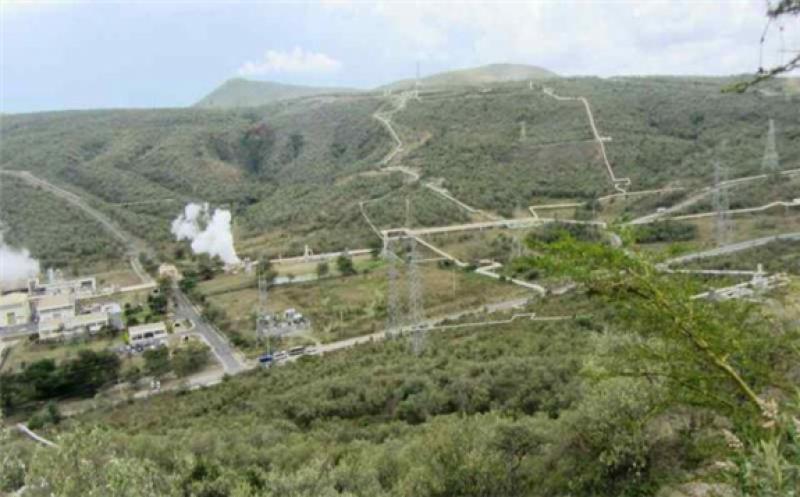With the recent completion of the Menengai geothermal power plant, Kenya has now more than tripled its production from 198MW to almost 672MW in just six years.

The Menengai Geothermal Development plant has added 105MW geothermal production capacity to Kenya’s national grid, which was experiencing serious shortages in the late 2000s. Funded by the African Development Bank to the tune of $108 million, the first phase of the project was developed with the participation of three independent power producers: Orpower 22, Quantum and Sosian Energy.
Started in 2014, the project originally targeted 50 wells to generate enough steam to produce more than 50MW. By the end of November 2019, 49 wells had been drilled to produce a capacity of 169,9MW, exceeding the initial estimated capacity. Additionally, it is expected that CO2 emissions will be reduced by 600,000 tonnes by 2022.
During planned construction of phase one, 94 staff members received training in drilling, contraction and financing as well as health and safety management. Additionally, 249 staff members of the Geothermal Development Society received group training. The construction of the power plant saw more than 600 jobs created in the broader region and it should directly benefit more than 500,000 Kenyans, including 70,000 in rural areas of the country.
An AfDB project completed report noted: “The ultimate goal of the project was the help Kenya overcome severe electricity shortages caused by the variability of hydropower generation which forced the country to resort to expensive backup thermal production between 2011 and 2012, and which continued through 2018.”
Geothermal generation and Kenya’s future energy plans
In 2011 Kenya embarked on an ambitious renewable energy development plan with the adoption of the Low-Cost Development Plan for 2011-2031. Updated annually, the plan was to increase power generation capacity from 1,227MW in 2010 to 3,751MW by 2018. The country’s Medium-Term Plan 2008-2012 and its successors, all part of the Vision 2030 development plan, aim to increase the country’s electricity generation capacity to 5,521 MW by end of 2022. With the completion of the Menengai project, this goal has now been surpassed.
The total Menengai Geothermal Project is being developed in four phases, each of approximately 100MW. The estimated potential of the total project is 1600MW.
Geodrilling International recently reported that the Geothermal Development Company has started moving a drilling rig from the Menengai geothermal project in Nakuru Country to the Baringo-Silali geothermal project in Baringo County. The Baringo-Silali block has an estimated potential of 3,000MW which will also be developed in phases, funded by the Kenyan government and German state-owned development bank KfW. The first phase is to develop 300MW, then 100MW each from Paka, Korosi and Silali.
The drilling rig, called Kifaru 1, is being moved by road to the Korosi Well 2 site. Moving this rig to Korosi brings the total number of geothermal drilling rigs in the North Rift Region to two. Kifaru 1 has just completed drilling three geothermal exploration wells at Paka.
Olkaria Geothermal Project, owned and managed by KenGen, already has 59 wells and manages 320MW of steam for electricity production for that national grid. The Suswa Geothermal Prospect has an estimated potential of 750MW and will be developed in three phases.